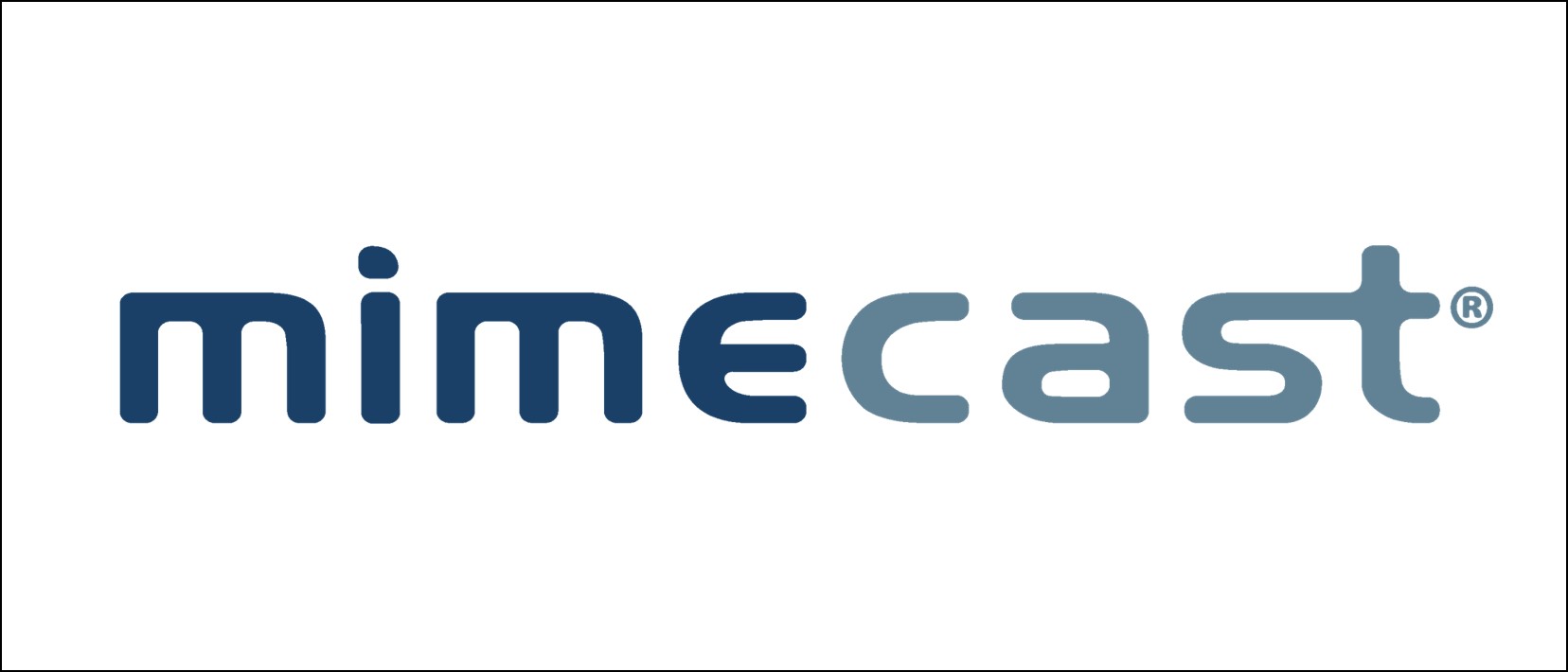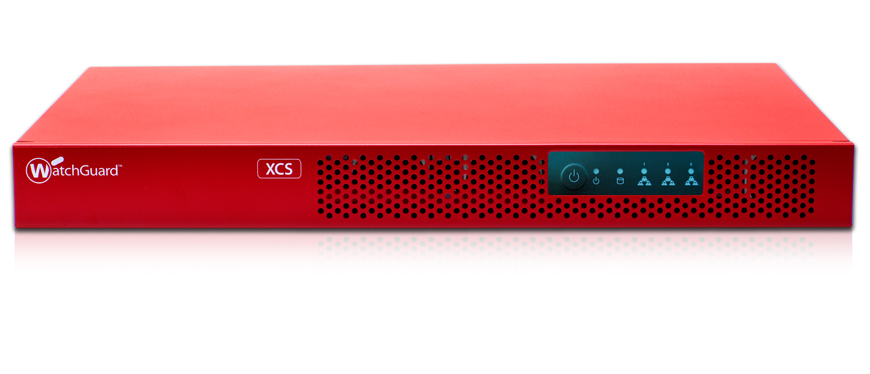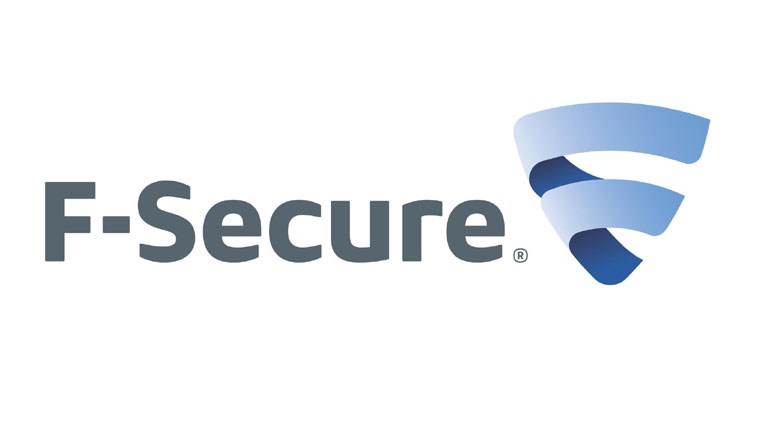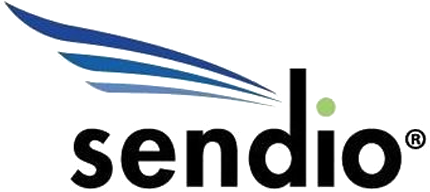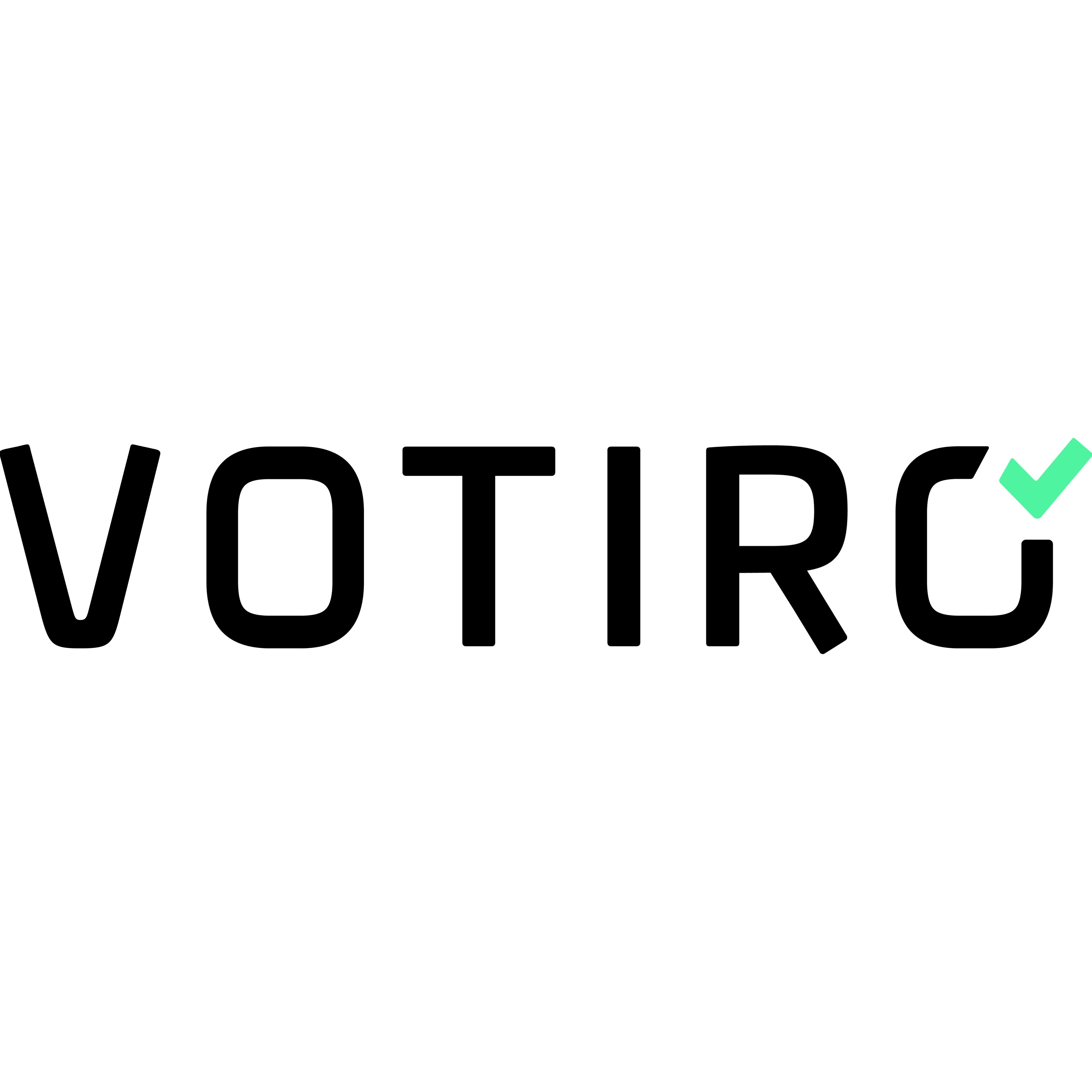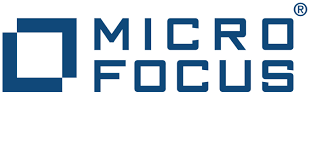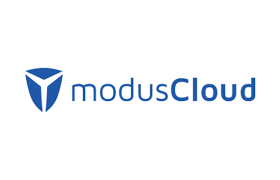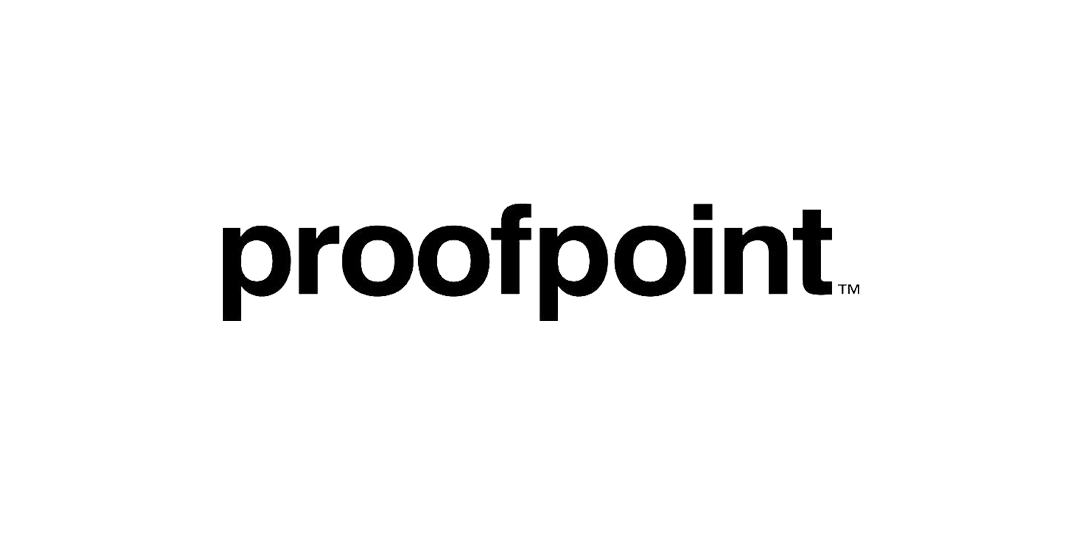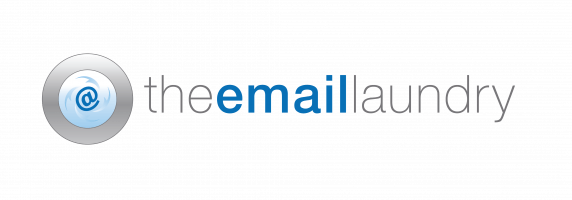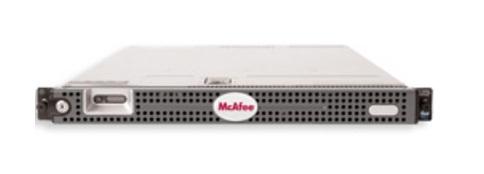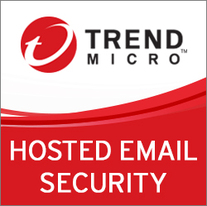
Problems that solves
Malware infection via Internet, email, storage devices
Customer fraud
Non-compliant with IT security requirements
Risk of attacks by hackers
Risk or Leaks of confidential information
Values
Reduce Costs
Ensure Security and Business Continuity
Trend Micro Hosted Email Security
Trend Micro Hosted Email Security is a no-maintenance-required solution that delivers continuously updated protection to stop phishing, ransomware, BEC, advanced threats, spam and malware.
Description
Trend Micro Hosted Email Security is a no-maintenance-required solution that delivers continuously updated protection to stop phishing, ransomware, BEC, advanced threats, spam and malware before they reach your network. It protects Microsoft Exchange, Microsoft Office 365, Gmail and other hosted and on-premises email solutions.
Key features:
Layered protection: Provides protection for phishing, spam, and graymail with multiple techniques, including sender reputation, content and image analysis, machine learning, and more.
Email fraud protection: Protects against BEC with enhanced machine learning, combined with expert rules, analyzing both the header and content of the email.
Document exploit protection: Detects advanced malware and exploits in PDF, Microsoft Office, and other documents using static and heuristic logic to detect and examine abnormalities.
Zero-day protection: Combines pre-execution machine learning, anti-malware, and dynamic analysis using sandboxing to detect zero-day malware.
Cloud sandboxing: Includes cloud sandboxing for automatic in-depth simulation and analysis of potentially malicious attachments in a secure virtual environment hosted by Trend Micro.
URL time-of-click: Blocks emails with malicious URLs before delivery and re-checks URL safety when a user clicks on it.
Web reputation service: Scans URLs embedded in emails and blocks URLs leading to malicious sites by using the enhanced web reputation services from the Trend Micro Smart Protection Network.
Email encryption: Policy-driven email encryption includes hosted key management service and enables recipients to read encrypted emails on any device using a web browser.
Data loss prevention (DLP): Provides DLP profiles to make it easier to track and document sensitive data, and safeguard confidential information.
Source verification and authentication: Includes Sender Policy Framework (SPF), DomainKeys Identified Mail (DKIM), Domain-based Message Authentication, Reporting and Conformance (DMARC).
Threat intelligence: Uses the Smart Protection Network, one of the largest threat intelligence databases, to correlate web, email, file, domain registries, and many other threat sources to identify attacker infrastructures, before they are launched.
